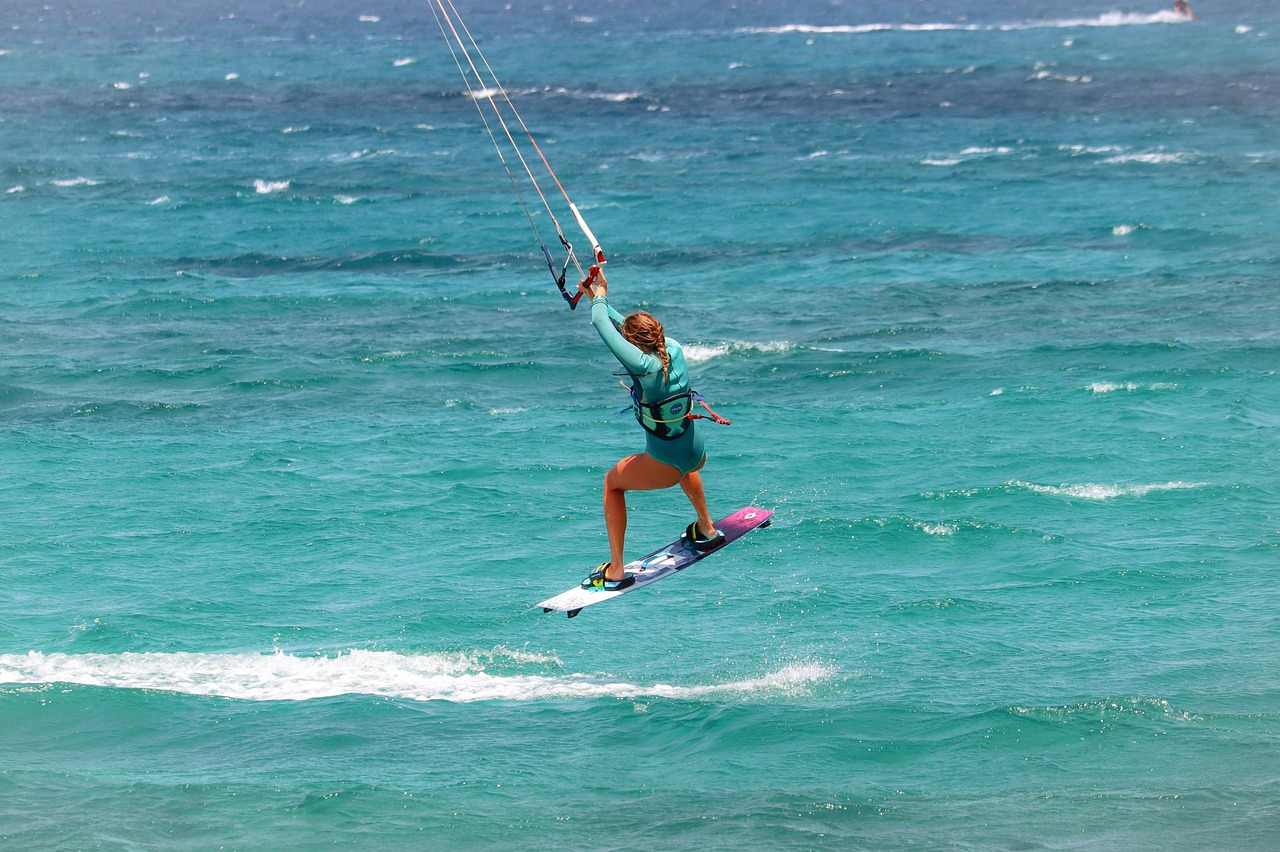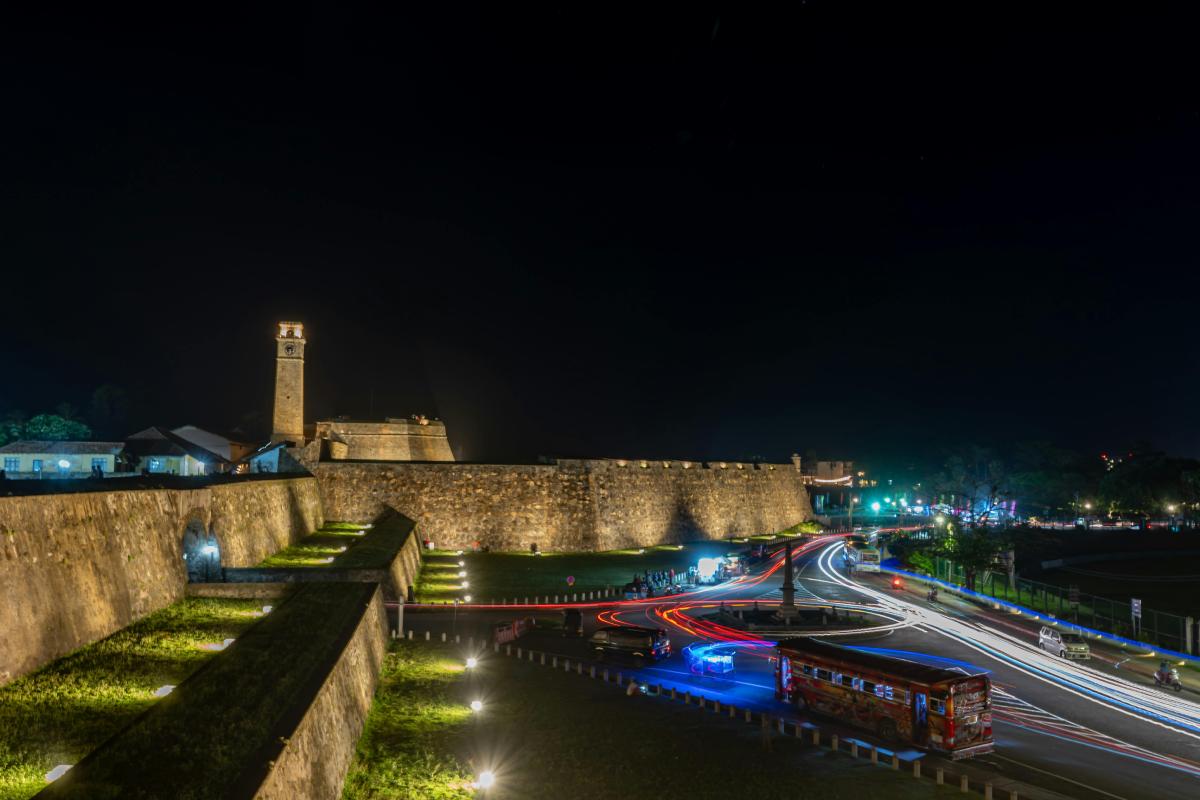Sri Lanka, the pearl of the Indian Ocean, has emerged as one of the world’s premier surfing destinations, offering year-round waves, warm tropical waters, and an incredibly affordable surfing experience. This teardrop-shaped island nation boasts over 1,300 kilometers of pristine coastline, with consistent swells that cater to everyone from complete beginners to seasoned professionals.Surfing in Sri Lanka .
Why Sri Lanka is a Surfer’s Paradise
Sri Lanka’s unique geographical position in the Indian Ocean creates optimal conditions for surfing throughout the year. The island receives swells from multiple directions, ensuring that there’s always a surf-able spot regardless of the season. The warm tropical waters maintain temperatures between 26-29°C (79-84°F) year-round, meaning you can surf comfortably without a wetsuit.
The cost of living in Sri Lanka makes it particularly attractive for budget-conscious surfers. Accommodation, food, and surf lessons are significantly cheaper than in traditional surfing destinations like Australia, Hawaii, or California. A hearty local meal can cost as little as $2-3, while comfortable guesthouse accommodation ranges from $10-30 per night.
Best Surfing Seasons in Sri Lanka
Sri Lanka’s surfing calendar is divided into two distinct seasons, each offering excellent waves on different coasts:
Southwest Coast (April to October)
During the southwest monsoon season, the southern and western coasts receive the most consistent swells. This period is considered peak surfing season for the popular southern beaches. The waves are typically 2-6 feet, with occasional larger sets during strong swells. The weather is generally sunny with occasional afternoon showers.
Northeast Coast (November to March)
When the northeast monsoon arrives, the eastern coast comes alive with world-class waves. During this period, the southwest coast experiences smaller waves and onshore winds, making it ideal for beginners, while the east coast delivers powerful, barreling waves perfect for advanced surfers.
Top Surfing Spots in Sri Lanka
Arugam Bay – The Crown Jewel
Arugam Bay, located on the southeast coast, is undoubtedly Sri Lanka’s most famous surf destination. This right-hand point break is consistently ranked among the world’s top 10 surf spots. The main break, known as “Main Point,” offers long, perfect waves that can provide rides of up to 400 meters.
The bay features multiple surf breaks suitable for different skill levels. “Baby Point” is perfect for beginners, while “Crocodile Rock” and “Elephant Rock” offer more challenging waves for experienced surfers. The town has developed a vibrant surf culture with numerous surf schools, board rental shops, and surfer-friendly accommodations.
Hikkaduwa – The Surf Capital of the South
Hikkaduwa has been Sri Lanka’s original surf town since the 1960s when the first international surfers discovered its waves. The main break at Hikkaduwa offers consistent waves throughout the southwest season, with the added advantage of being easily accessible from Colombo.
The town features a well-developed tourism infrastructure with numerous surf schools, restaurants, and accommodations. The waves here are ideal for intermediate surfers, typically ranging from 2-4 feet with occasional larger sets. The coral reef bottom provides excellent wave shape but requires caution during low tide.
Mirissa – Scenic Beauty Meets Perfect Waves
Mirissa combines stunning natural beauty with excellent surf conditions. The main break is a beach break that works well for beginners and intermediate surfers. The waves are typically smaller and more forgiving than other locations, making it perfect for those learning to surf.
The town is also famous for whale watching, providing an excellent opportunity to combine surfing with wildlife observation. Blue whales, sperm whales, and dolphins are frequently spotted just a few kilometers offshore.
Weligama Bay – Consistent Waves and Iconic Stilt Fishermen
Weligama Bay offers multiple surf breaks within a protected bay, ensuring consistent waves even when other spots are blown out. The most famous break is “Coconut Tree Island,” a right-hand point break that provides long, workable waves.
The bay is also home to the iconic stilt fishermen of Sri Lanka, creating a unique cultural backdrop for your surfing experience. The waves here are suitable for all skill levels, with different breaks offering varying degrees of challenge.
Tangalle – Off the Beaten Path
For those seeking uncrowded waves, Tangalle offers excellent surf conditions with fewer crowds. The waves here are typically larger and more powerful than other southern spots, making it more suitable for intermediate to advanced surfers.
The area features several surf breaks along a beautiful stretch of coastline, with consistent waves throughout the southwest season. The town has a more relaxed, laid-back atmosphere compared to the busier surf towns.
Surfing Conditions and Wave Types
Sri Lanka offers diverse wave types across its coastline, from gentle beach breaks perfect for beginners to powerful reef breaks that challenge even experienced surfers. Most breaks are right-hand point breaks, though left-hand waves can also be found.
Wave Heights and Consistency
During peak seasons, waves typically range from 2-6 feet (0.6-1.8 meters), though larger swells can produce waves up to 8-10 feet (2.4-3 meters). The consistency is excellent, with surf-able waves available 300+ days per year when considering both coasts.
Water Temperature and Conditions
The warm tropical waters eliminate the need for wetsuits, though some surfers prefer rash guards for sun protection. Visibility is generally good, and the water is clean around most surf breaks. Morning sessions often feature glassy conditions with offshore winds.
Learning to Surf in Sri Lanka
Sri Lanka is an excellent destination for learning to surf, with numerous professional surf schools and experienced instructors. The warm water, consistent waves, and affordable instruction make it ideal for beginners.
Surf Schools and Instruction
Most surf towns feature multiple surf schools offering lessons in various languages. Many instructors are certified by international surfing organizations and have extensive experience teaching beginners. Group lessons typically cost $15-25, while private lessons range from $30-50.
Equipment and Rentals
Surfboard rentals are widely available and affordable, typically costing $5-10 per day. Most rental shops offer boards suitable for all skill levels, from soft-top foam boards for beginners to high-performance boards for advanced surfers. Quality varies, so it’s worth shopping around for the best equipment.
Cultural Aspects of Surfing in Sri Lanka
Surfing in Sri Lanka offers more than just waves – it’s an opportunity to experience rich local culture and hospitality. The Sri Lankan people are known for their friendliness and warmth toward visitors, and the surf communities are welcoming to international surfers.
Local Surf Culture
Sri Lankan surf culture has developed significantly over the past few decades, with many local surfers now competing internationally. The surfing community is tight-knit and supportive, with experienced local surfers often sharing knowledge about conditions and breaks with visitors.
Respect for Local Customs
While Sri Lanka is generally tolerant of beach culture, it’s important to respect local customs and dress codes when away from the beach. This includes covering up when visiting temples or traveling through local villages.
Practical Information for Surf Travelers
Getting There and Around
Bandaranaike International Airport (CMB) in Colombo is the main entry point for international visitors. From there, popular surf destinations on the south coast are 2-4 hours by road, while east coast spots like Arugam Bay require a 6-8 hour journey.
Local transportation options include buses, trains, tuk-tuks, and rental vehicles. Many surf accommodations offer airport transfers, and several companies specialize in surf travel logistics.
Accommodation Options
Sri Lanka offers accommodation for every budget, from luxury resorts to budget guesthouses. Surf-specific accommodations are available in all major surf towns, many offering board storage, equipment rentals, and local surf knowledge.
Health and Safety
Sri Lanka is generally safe for travelers, but basic precautions should be taken. The sun is intense, so sunscreen and protective clothing are essential. Some surf breaks have coral reefs or rocky bottoms, requiring caution. It’s advisable to have travel insurance that covers water sports activities.
Environmental Considerations
Sri Lanka’s marine environment is precious and requires protection. Surfers should be mindful of their environmental impact and support local conservation efforts. This includes avoiding single-use plastics, respecting marine life, and supporting eco-friendly businesses.
Marine Life and Conservation
The waters around Sri Lanka are home to diverse marine life, including sea turtles, dolphins, and whales. Several conservation organizations work to protect these species, and surfers can contribute by participating in beach cleanups and supporting marine conservation initiatives.
Best Times to Visit
While Sri Lanka offers year-round surfing, the best time for your visit depends on your preferred coast and skill level:
- South/West Coast: April to October offers the most consistent waves and best weather
- East Coast: November to March provides world-class waves and fewer crowds
- Beginners: May to September on the south coast offers the most forgiving conditions
- Advanced Surfers: December to February on the east coast delivers the most challenging waves
Food and Dining
Sri Lankan cuisine is a delightful blend of flavors that perfectly complements a surfing lifestyle. Fresh seafood is abundant and affordable, while traditional dishes like rice and curry provide excellent nutrition for active surfers. Most surf towns offer a mix of local and international cuisine to cater to diverse tastes.
Conclusion
Sri Lanka stands out as a world-class surfing destination that offers something for every surfer. Whether you’re taking your first steps on a surfboard or seeking challenging waves to test your skills, Sri Lanka’s diverse coastline, warm hospitality, and affordable prices make it an irresistible destination.
The combination of consistent waves, tropical climate, rich culture, and incredible value for money has established Sri Lanka as a must-visit destination for surfers worldwide. As the local surf infrastructure continues to develop and improve, Sri Lanka is poised to become an even more prominent player in the global surfing scene.
For those planning their first surf trip to Sri Lanka, the island promises an unforgettable experience that goes far beyond just catching waves. It’s a chance to immerse yourself in a completely different culture, enjoy some of the world’s best tropical surfing conditions, and create memories that will last a lifetime.
Whether you choose the consistent waves of Hikkaduwa, the world-class breaks of Arugam Bay, or the scenic beauty of Mirissa, Sri Lanka will exceed your expectations and leave you planning your return visit before you’ve even left the island.


